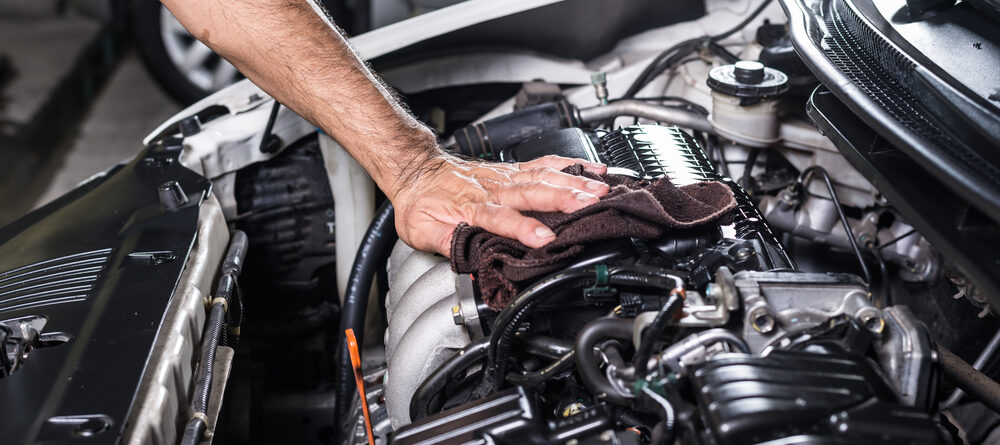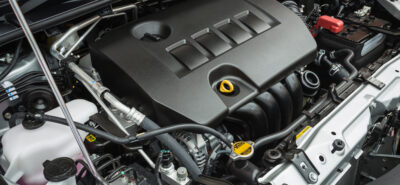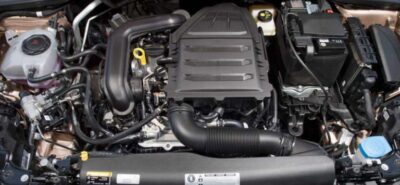How Does a Car Engine Work?
Knowing how the most important items in our lives work is a common desire for many people, and the cars we drive are some of the most common examples. In particular, the engine is the heart of your vehicle – how does a car engine work, and what should the average driver know about these basic operations?
At X Auto Care, we proudly offer a wide range of used auto parts for numerous vehicle models, including used car engines for sale and more. For our clients who are interested in learning about how their engine works and what they should know about it, here’s a primer on all the most important operations that this component is responsible for.
The Combustion Process
From a broad perspective, an important scientific process to be aware of when it comes to engines is combustion. This process refers to the chemical reaction between oxygen and fuel that produces energy in the form of heat, which then powers the engine.
The engine’s cylinders are where the combustion process takes place – these cylinders are responsible for compressing a mixture of air and fuel, creating a controlled explosion that releases energy. They do this by moving a piston up and down, which then creates mechanical motion that is transferred to other parts of the engine. This process repeats itself many times per minute, creating a continuous cycle of energy production.
The Four Strokes
In order for combustion to take place, the engine follows a specific sequence of movements known as “four-stroke” cycles. These are intake, compression, combustion, and exhaust. In the intake stroke, the piston moves downward to allow a mixture of air and fuel to enter the cylinder. Then, in the compression stroke, the piston moves upwards to compress this mixture into a small space -this is important for ensuring an efficient and powerful explosion later on.
Next comes the combustion stroke – at this point, a spark plug ignites the compressed mixture, creating an explosion that forces the piston back down. This is where most of the energy production takes place and is responsible for powering your vehicle’s wheels. Finally, in the exhaust stroke, the piston moves upward again to push out any leftover gasses from the combustion process.
Valves and Camshafts
Another important aspect of engine operations involves valves and camshafts. These are responsible for controlling the flow of air and fuel into the cylinders, as well as allowing exhaust gasses to exit afterward. Camshafts are rotating shafts with eccentric lobes that open or close valves at specific times during the four-stroke cycle.
These components are connected to the crankshaft, which converts linear motion into rotational motion that then powers your vehicle’s wheels. The right timing of valves and camshafts ensures efficient combustion and power output from the engine.
Oil and Lubrication
Engines also require proper lubrication in order to run smoothly and efficiently. This is where motor oil comes in – it not only helps reduce friction between moving parts, but also carries away debris and heat from the engine. That’s why regular oil changes are crucial for maintaining your engine’s health and longevity.
As for how often you should change your engine oil, it depends on various factors such as the type of oil used, driving habits, and environmental conditions. It’s important to consult your vehicle’s manual or a trusted mechanic for the recommended oil change intervals.
Not All Engines Are Created Equal
It’s also important to note that not all engines are the same – different makes and models have varying designs and configurations that affect performance. For example, a four-cylinder engine has four cylinders for combustion, while a V6 engine has six cylinders arranged in a “V” shape.
In addition, some vehicles also feature turbocharged or supercharged engines, which use forced induction to produce more power by compressing air and fuel into the cylinders. These engines require specialized maintenance and may have different driving characteristics compared to naturally aspirated engines.
Understanding how your car engine works can help you appreciate its complexity and importance in keeping your vehicle running smoothly. From combustion and four-stroke cycles to valves and camshafts, each component plays a crucial role in producing power and maintaining the engine’s health. Regular maintenance and understanding your vehicle’s specific engine type can help ensure its longevity and efficient performance on the road.
At X Auto Care, we strive to provide our customers with not only quality used auto parts, but also valuable information and resources on vehicle maintenance. We hope this primer on car engines has been informative and can help you better understand the heart of your vehicle. Contact us for more information on our used transmissions, used car engines or other used auto parts.











